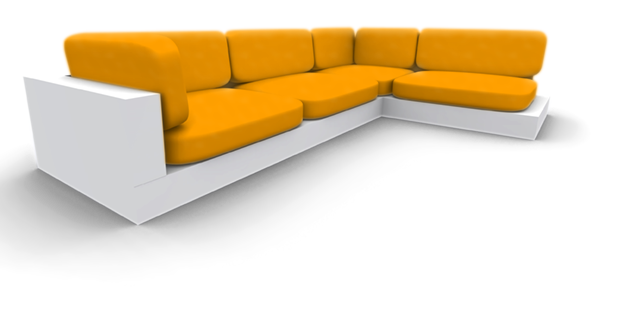| Autor | Beitrag | ||||||
|---|---|---|---|---|---|---|---|
|
guitarhero187 Hält's aus hier Beiträge: 5 |
Hallo Leute!
Ich bin momentan die Türme von Hanoi am programieren, und zwar eine grafische Umsetzung (mit Labels). Die Standardversion, von wegen rekursives Denken und bla, läuft einwandfrei. Da ich jetzt erst seit ca. einem Jahr mit Delphi (schulbedingt Lazarus) arbeite, hatte ich noch nichts mit Arrays zu tun. Ergo habe ich mich erstmal informiert und habe auch so weit alles verstanden. Nun zum eigentlichen Problem: Bei den Türmen von Hanoi gibt es eine variable Anzahl an Scheiben. Hier meine Umsetzung mit dynamischen Arrays:
Die maximal mögliche Anzahl an Scheiben beträgt bei mir 7, also werden Arrays von scheibe[0] bis scheibe[7] "erstellt". Die grafische Umsetzung sieht dann so aus:
Somit ist die oberste Scheibe scheibe[1]. Wenn Diese (oder die darauf folgenden Scheiben) auf ein anderes Feld gelegt wird, soll der vorherige Platz zu 'II' werden (klappt), und eben der neue Platz statt 'II' zu '==' werden. Umsetzung:
Jetzt wird aber das neu besetzte Feld statt '==' zu '========', also dem Wert von scheibe[7]. Ich habe bereits jegliche Kombinationen der Zahlen und Werte ausprobiert, doch es bleibt immer gleich. Die darauf folgenden Scheiben werden übrigens immer um ein '=' kleiner; das ganz Spiel wird quasi umgekehrt gespielt. Woran liegt das? |
||||||
BenBE       
Beiträge: 8721 Erhaltene Danke: 191 Win95, Win98SE, Win2K, WinXP D1S, D3S, D4S, D5E, D6E, D7E, D9PE, D10E, D12P, DXEP, L0.9\FPC2.0 |
Dynamische Arrays fangen immer mit 0 an. Ein SetLength(A, 7); initialisiert nur Indizes von 0 bis 6.
_________________ Anyone who is capable of being elected president should on no account be allowed to do the job.
Ich code EdgeMonkey - In dubio pro Setting. |
||||||
guitarhero187  Hält's aus hier Beiträge: 5 |
Bei setlength(scheibe, n+1) tritt dasselbe Problem auf.
|
||||||
jasocul       
Beiträge: 6393 Erhaltene Danke: 147 Windows 7 + Windows 10 Sydney Prof + CE |
Ich denke auch, dass du nicht richtig mit dem Array-Index arbeitest. scheibe[0] bis scheibe[7] sind bei mir 8 scheiben. Schau dir deine Programmlogik nochmal an, ob du nicht irgendwo beim falschen Index anfängst, bzw. aufhörst. |
||||||
guitarhero187  Hält's aus hier Beiträge: 5 |
Ich bin nochmal alles durchgegangen und habe keinen Fehler gefunden... Zumal ich ja schon die Array Zuweisungen z.B. von scheibe[1]:='==' zu scheibe[7]:='==' zur Probe geändert habe, und trotzdem dasselbe Problem auftritt.
Hier einmal der gesamte code, welcher bisher nur für die Eingabe von 7 für n richtig realisiert werden kann (ACHTUNG; mögliche Lösung für Türme von Hanoi rekursiv und grafisch):
|
||||||



















